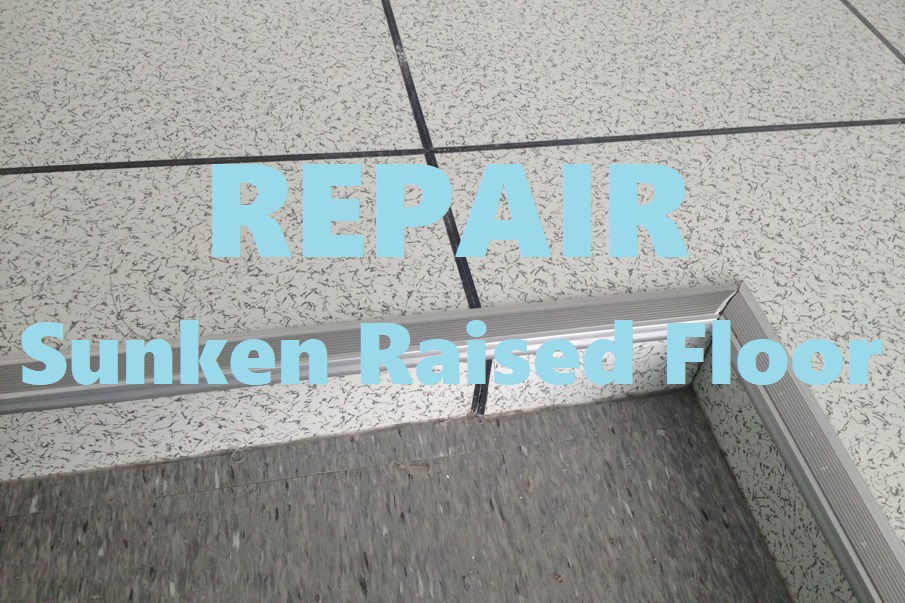NEWS TAG
brand
How To Repair Sunken or Sloped Raised Access Floor?
If your raised floor is sagging or sloping, either you have bought poor quality raised floor panels and accessories, or some failures and bugs that happened to your access floor system. In the former case, for safety and efficiency, you have to prepare a budget for a better alternative; while for the latter, you may only need some right tools and materials to fix the sunken raised floor by yourself.

How To Repair The Sunken Parts of Raised Floor System?
With proper installation, care, and maintenance, a raised floor system will hold its value for years to come. But, the accident happened on the floor cause the access floor to sunken. This is where the need to repair saggy or buckled raised floors appears. Thanks to the benefit of easy access to these systems and components for maintenance, you can repair sunken raised flooring properly by yourself with the below steps.
Step 1 - Check Out The Sagging Area of Your Raised Floor
You need to find out the root cause of depression first before trying to repair the sunken parts of raised floor system. So go to open the raised floor panels in the sagging areas to check out what is going wrong, if you don’t know how to lift the panel, check out our other guide about how to remove access floor panel properly.
Step 2 - Find out the problem cause access floor sunken
Check out carefully and figure out the problem, and then determine what is causing the access flooor sunken problem. Then you would find out there are a few possible situations to cause the problem: the screws of the support frame are not tightened, the stringers are not aligned horizontally, the pedestal is inclined and bent, or the raised floor panel got broken etc. All you need to do is quarry the problem and find out how it happens.
Step 3 - Make a repair plan
Once you have identified the culprit that caused the raised floor to sag, you can start to determine the correct method to repair the damage according to the actual situation. If the raised floor panel is dented, it may need to be replaced. If the screws of the raised floor pedestal are loose, you need to use tools to retighten the screws. If the joist is bent or damaged, you need to enter the lower part of the floor system to repair or replace the joist, and you may even need to remove the large area of the floor to adjust the entire stringer structure.
Step 4 - Complete the repair
Always use the correct tools and methods to carefully repair depressed raised floors. If you need large-scale and complex repairs, we recommend that you find the help of a professional installer to avoid damaging the entire system. After the repair is completed, you can apply daily pressure and weight on the access floor to test whether the floor is will sag again. If your raised floor remains perfectly flat, it means your repair is successful.
